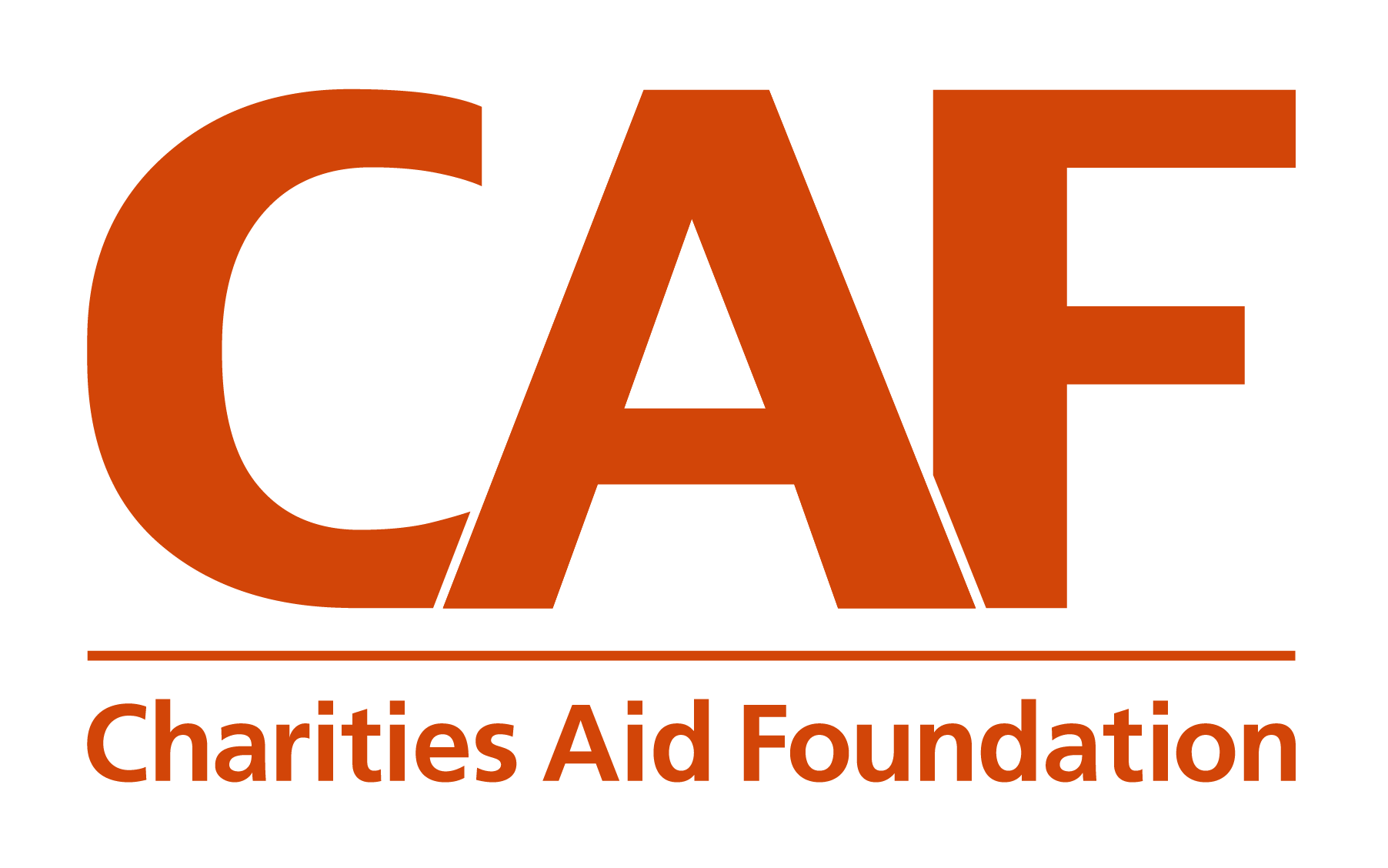When used effectively, digital tools have the potential to play a valuable role in fundraising strategies and activities. Moreover, with increasing numbers of donors having grown up with digital platforms, using these tools for fundraising is increasingly becoming non-optional.
In particular, millennials tend to view digital forms of giving as safe, convenient and easy, not least because they are the first generation to have grown up with computers and other digital gadgets. And as people’s behaviours and habits change along with technology, charities can do well to adapt where possible to meet them. As the cost-of-living bites and households look to rein in budgets further, it’s vital to make it as straightforward as possible for donors to contribute.
How can digital tools help charities maximise their fundraising efforts?
1. Digital tools can help demonstrate impact
Donors appreciate knowing that their gifts will make a positive impact. Digital tools can offer a powerful way to demonstrate positive impact to donors, as well as a way to engage them and encourage them to give – both now and in the future.
Through websites and social media platforms, charities can publicise their work in a cost-effective way. Moreover, showing the impact a donation can have, at the point of donating, can be especially impactful. When someone is dropping cash into a bucket or completing an online check out, it can be relatively straightforward to communicate to donors the benefits and impacts of the money they are about to give. For instance, can you show what effect would a £20 donation have? Online donation forms – including CAF Donate – allow charities to show fixed donation amounts alongside the potential impact which could be achieved.
2. Bring your offline audience online
When the pandemic put traditional fundraising methods on hold, digital platforms offered a lifeline. CAF’s UK Giving 2021 report showed how donors moved online during 2020-21 overtaking cash as the traditionally popular way to donate. Now that lockdowns have largely eased, finding a seamless way to bring offline audiences online does not need to stop.
Online spaces provide opportunities to bring people together who might not otherwise meet in person. Even before the pandemic, fundraising activities fixed in a location sometimes suffered from the fact that not all donors who might like to attend, could attend. In 2022, however, charities can view digital fundraising as an integral part of community-building and income strategy.
Online fundraising activities that transcend location include sporting or activity-based challenges for donors; running a special day; and setting up forums for donors to connect with one another and generate support.
3. Refresh your social media pages
Charities can boost their digital fundraising efforts by signing up to, or refreshing, their social media accounts. Social media is free to use (at least in its most basic functions) and charities can generate support on platforms since audiences typically appreciate being kept up to date with the positive impacts that charities have on their cause areas.
Social media channels such as Instagram and Facebook can be excellent for sharing photos of your charity’s work, so make the most of the visual element of your charity’s remit. Facebook is also a useful platform for creating events, including those designed around fundraising. Young audiences especially are likely to check the social media pages of organisations they are interested in, so developing these can be a great way to target your future supporter base. This year’s UK Giving Report found that fewer young people took part in charitable or civic activities last year, falling to 79% from 85% in 2020 for those aged 16-24. So focusing on free and targeted ways to connect with younger audiences is a valuable part of a longer-term fundraising strategy. Fundraising during economic downturns can be a challenge. However, there are also reasons to be hopeful. As CAF’s recent World Giving Index 2022 shows, even in uncertain economic, social, and political environments, people around the world have been engaging more in generous actions than during the previous year. Moreover, around 200 million more people donated money to charity worldwide, with donations rising by 10% in high-income economies. So target your donors – they are out there.






